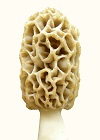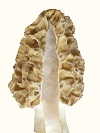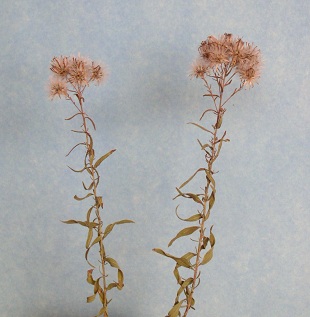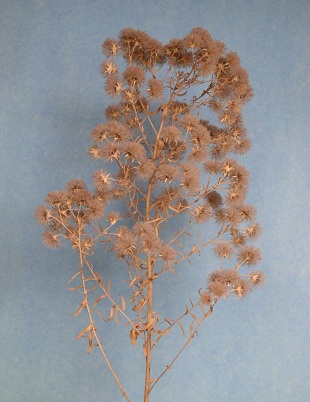 |
|
Research Photo Pages


|
Spurge Phenotypes   These plants are both the same species. In the first one, both stems branched from the same point at ground level. In the second one, the numerous side branches grew from the main stem. Such extreme variation in branching might seem like different species; but it is an example of phenotypic variation in the same species. In other words, both plants have the same DNA make-up. How do I know? There are no other visible differences than the branching. Two different species cannot have that much similarity and grow in the same environment. If they were different species, they would evolve more differences over time, and they would not occupy the same niche. One species always prevails over others in the same niche. So there is never that much similarity between species. The reason for this extreme difference in branching is that the surrounding environment can vary between tall grass and short grass. Where there is tall grass, the stems need to be long and nonbranching, so whipping grass does not strip off the branches. Where there is short grass, numerous branches allow a lot more seeds to be produced. So the species produces both types and randomly distributes them through the process of producing seeds. Both of these samples were found in the same type of tall grass. The species cannot pick its environment. So it randomly produces both types. When scientists see such variations, they tend to assume environmental conditions must be the cause, and they don't give it much thought. Environments cannot cause such variations. Usually, the differences are not so extreme.
|
